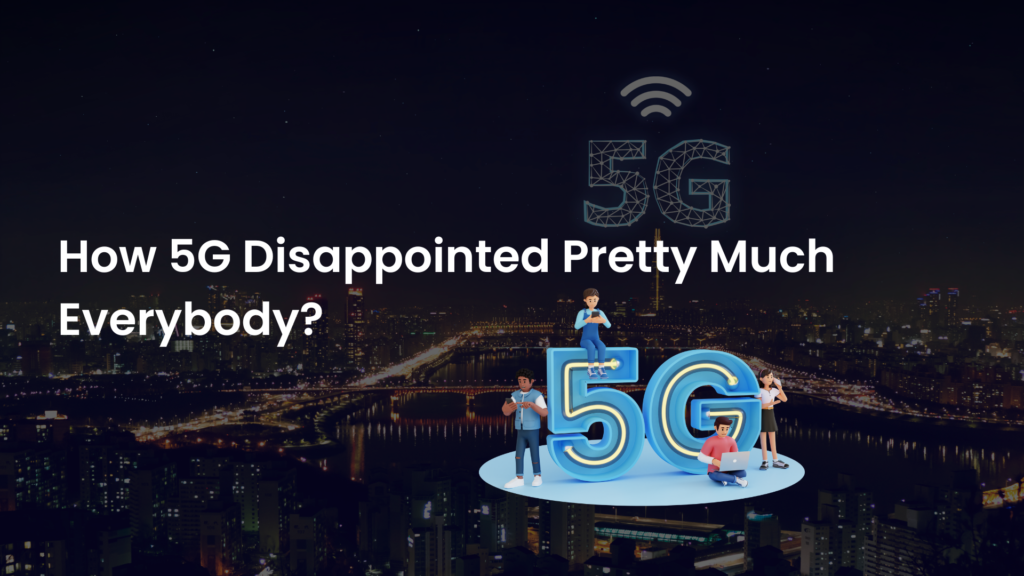The deployment of 5G technology has been a gradual process, and its widespread adoption has been driven by a combination of factors, including technological advancements, consumer demand, and government policies.

One of the main reasons for the rapid expansion of 5G is its ability to handle large amounts of data at high speeds. This is essential for the growing number of connected devices that are now part of our daily lives, including smartphones, smart homes, and autonomous vehicles.
The deployment of 5G infrastructure is also being supported by government policies aimed at boosting technological innovation and economic growth. Many countries have allocated funding to support the development of 5G networks, while others have streamlined regulations to facilitate the deployment of 5G infrastructure.
While it is true that some people have expressed disappointment with the rollout of 5G networks, it is important to note that others have also been impressed with the technology. Here are a few reasons why some people may feel disappointed with 5G:
Overall, while there are certainly some challenges associated with the rollout of 5G networks, it is important to remember that the technology is still in its early stages. As coverage expands, speeds improve, and prices come down, it is likely that more people will be impressed with what 5G has to offer.
Furthermore, the pandemic has highlighted the importance of reliable and fast internet connectivity, as more people have been forced to work, learn, and socialize online. This has driven demand for 5G services, which offer faster download and upload speeds, lower latency, and better connectivity overall.
In terms of the rollout itself, mobile network operators (MNOs) have been working to deploy 5G networks across their coverage areas. This has involved upgrading existing infrastructure and building new cell towers and other network infrastructure. In some cases, MNOs have also partnered with other companies, such as equipment vendors, to accelerate the rollout of 5G.
Overall, the adoption of 5G technology has been driven by a combination of technological progress, consumer demand, and government support, and it is expected to continue to expand rapidly in the coming years.